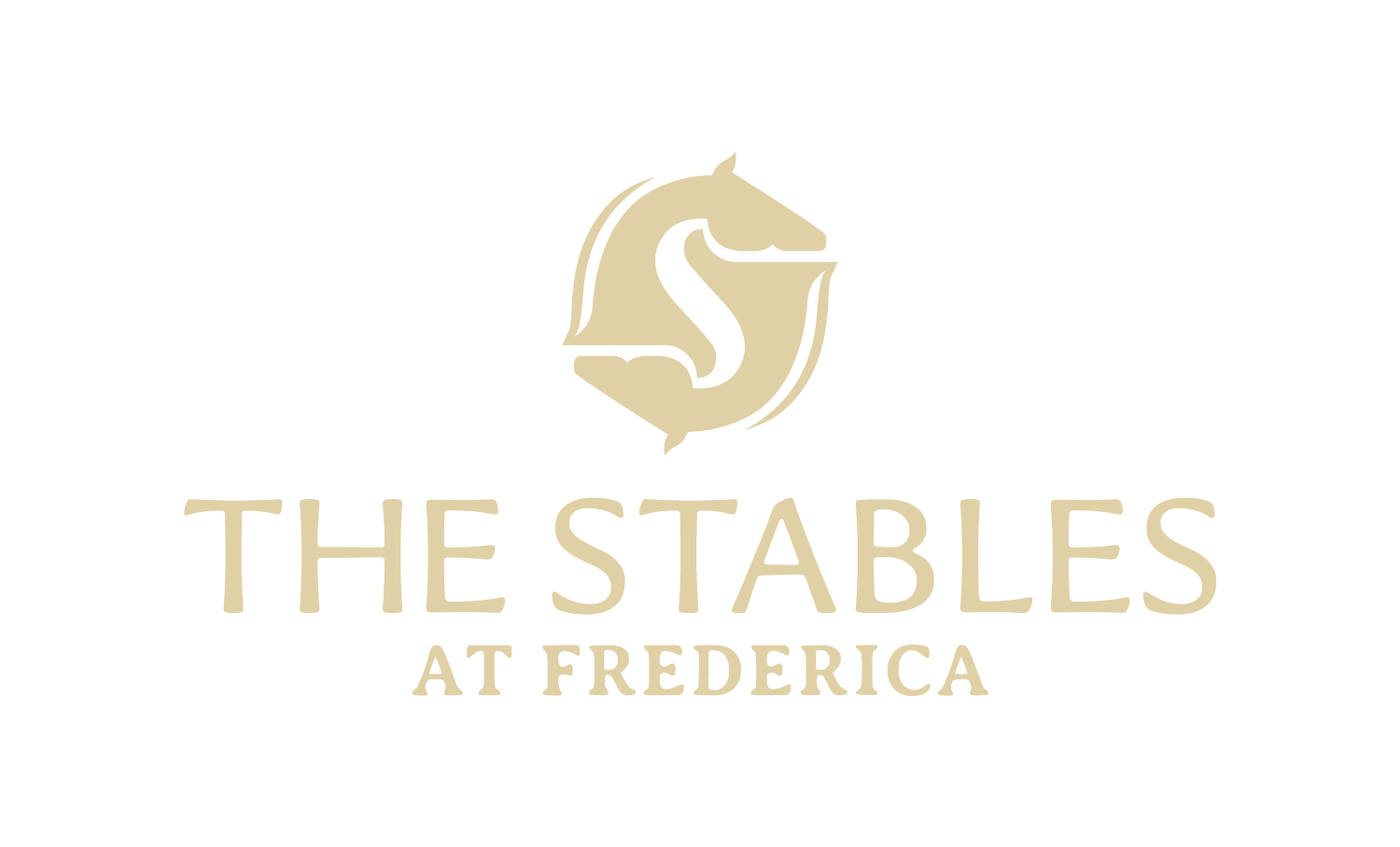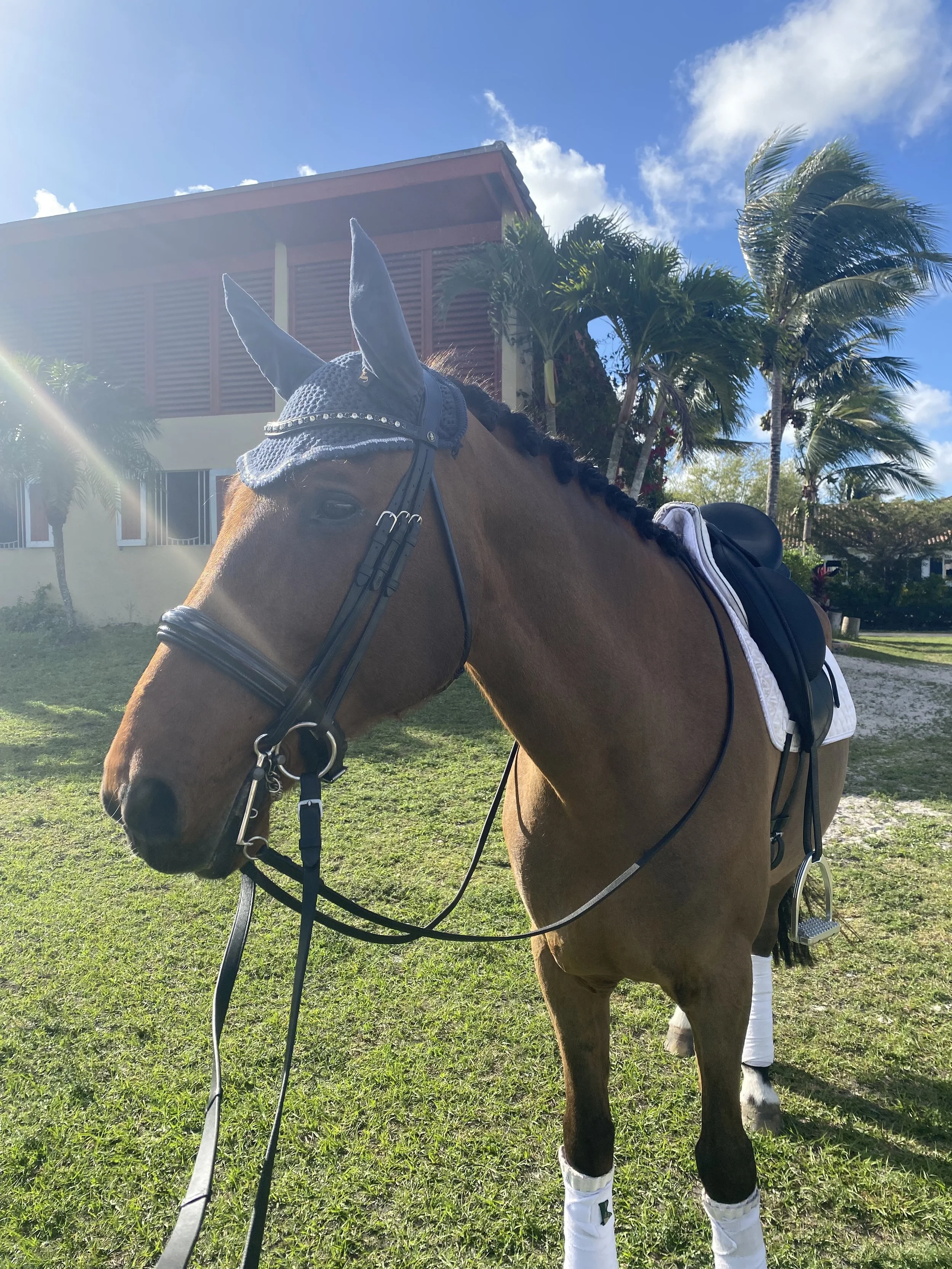I grew up in the low-key dancing world as well as the horse world. Thankfully, my dance teacher was also my aunt, so no Dance Moms scenarios for me. I distinctly remember getting frustrated at some point that despite the introduction of fun 90s styles into jazz and tap classrooms, my aunt channelled her inner Russian ballet czar and required black leotard and pink tights. Off-white if we were really wanting to stretch the limits. At the time it felt stifling. Now that I spend hours watching rider after rider parade in front of me at home and horse shows I easily recognize the importance in that uniformity: as teachers we are able to see things amiss when the riders and dancers are presented uniformly. My eye isn’t drawn away from one rider by a flapping scarf or open jacket. My barn does not require a uniform for lessons (some barns do: tan breeches, black boots, polo, etc.), but for our lessons we do have a dress code. And it’s all about presentation.
I think presentation must be practiced, in all aspects. I rarely put on makeup and heels, and yet am surprised every time i slip into 2” wedges and nearly break my neck. I don’t practice walking in widowermakers, so of course they are difficult for me to wear. So here’s my point #1 on why we should practice our presentation: so that when it’s time to hit the competition arena we are versed in our riding habit and equipment. During IEA season I require all riders to lesson with their hair in the helmets like they would have at a show. I know that on show day we can stuff every OneK with teenage strands, but I have seen many a teenager panicking about a single strand of hair that JUST WON’T FIT into their hairnet. With weekly practice my girls can get their hair into helmets within 30 seconds. One less thing to panic about on show day. So make sure that your practice boots/breeches/helmet/saddle/bridle/etc. is used for practice as well as show. If you take good care of these items you shouldn’t need doubles for competition (maybe with the exception of boots/breeches). Show day should have as many familiar items and variables as possible, especially as so many other conditions are out of our control. Each time we show we should feel as comfortable in our gear as when we school at home.
Which brings me to point #2: present yourself at home as if you were at a show (sans white breeches). No, this does not mean that you need to braid the mane and tail and trim your horse’s points before every ride. But present yourself as if you are being evaluated by a judge, and see what that does to your riding. A few weeks ago I went down to south Florida for a weekend training trip. I stabled at a lovely farm a half mile from Global, and another trainer from the next stall asked me if I was tacking up to show. Mind you I’m definitely not in show whites, but she noted that I was braiding my horse. I informed her that I wasn’t showing, just trying my hand at some subliminal messaging to my trainer and myself. I am working to get back in the show ring, and am getting so so so close that it’s time to start nudging everyone (my trainer, myself, my lazy horse) in that direction. I want my trainer to look at me and say “Wow, she needs to canter down centerline pronto.” Maybe presenting my horse like he was at a show will help her visualize that final product. Riding a horse that looks ready to halt at X certainly helps to inspire me to ride at my best, as if I was being judged. Because I’m definitely paying my trainer to judge me. Knowing that I’ve put work into mine and my horse’s presentation helps me to ride at my best, as I feel pride in how we look and work together. I ride with more composure and organization because I don’t feel like I just slapped a saddle on that nag in the field and am goin’ for a walkabout. I believe a pulled together presentation lends itself to a pulled together ride.
So here’s my list of must-dos in presenting oneself for a lesson or schooling ride:
Tuck in your shirt. Make sure that you know how to tuck in your shirt. Loose and flappy clothing means that your trainer doesn’t know if you are over-arching your spine or roaching your back. Jackets? No problem, but zip them up, at least a little. Open flapping jackets make it near impossible to judge your torso, and can be distracting even to the horse.
Tie your hair back. Personally I think if you will show with your hair in your hat (everybody 12 and up basically) I recommend riding like that always. But at the least put the hair in a low ponytail. Lesson kiddos are the worst about this, as they always show up with no hair tie and a mess of long hair that is constantly needing to be brushed out of their face. Best way to interrupt a lesson on how to use your hands correctly? Take the hands off the reins every two seconds to adjust hair. Makes me want to start shaving heads. Seriously.
Check the pillowing and arrangement of saddle pads. Make sure the horse’s spine and pad spines match up. Use the right size saddle pad.
Speaking of pads, lets talk patterns and colors. I had a student show up once in fire engine red pants, dusty rose polos, orange saddle pad. My eyes literally hurt looking at the collage of warm tones. Good chance to learn to match or coordinate. And patterns on polos? Makes me feel like I’m looking at a Magic Eye while trying to teach.
Make sure your tack is clean. Not only does that make a difference to your trainer’s eye, but it can save your butt. Clean your stirrup leathers after every ride and you won’t find yourself with a busted leather over an oxer very often. Wipe your horse’s bit after it comes out and you’ll notice the sharp edge in the hard plastic mouthpiece before a mouth ulcer develops. Clean your tack.
Groom the horse. Every time. Curry comb EVERY TIME. Hoofpicks are non-negotiable. This is not a presentation issue, this is a good horsemanship issue. Brushing the mane trains it so it’s easier for the braider. Curry combing gives a shiny coat and removes the grungies. The day you skip hoofpicking is 100% absolutely the day your horse has a twisted shoe with nails digging into his foot that are going to start an abscess cycle for the next year. ALWAYS GROOM.
We don’t need to be runway-ready every ride. But the right presentation and preparation will give you a better ride and make your trainer happy. Super important.


